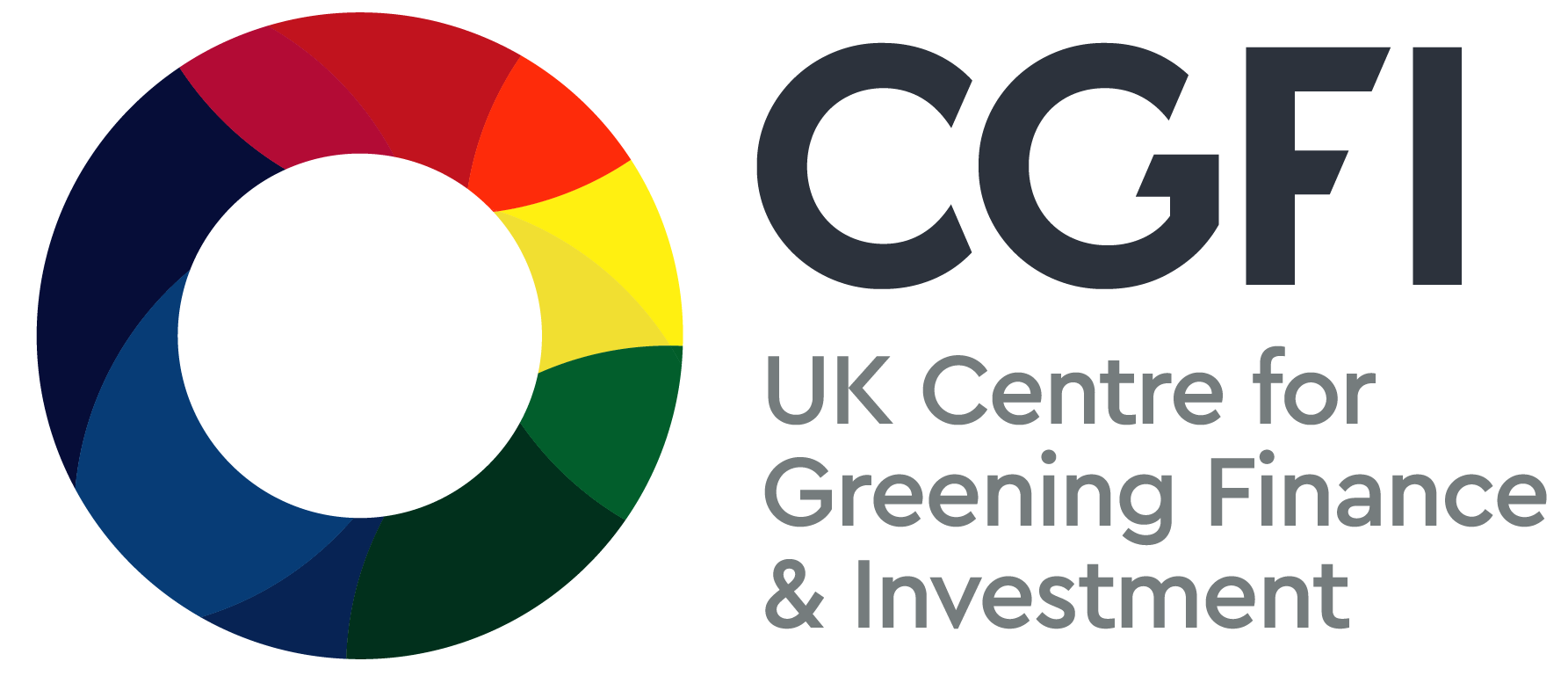Like many institutions working on climate change, CGFI has an ambitious agenda. As the national platform for connecting finance with research, policy, science and innovation, a core element of our work is focused on accelerating the adoption of robust climate and environmental data and analytics by financial institutions internationally. This requires deep, two-way engagement between research and practice – and ‘practitioner-pull’ as well as ‘academia-push’.
One way we achieve this is through secondments and placements in industry. These secondments can help to take those of us working in research out of our comfort zone, push us to apply our knowledge in a real world setting and open our eyes to practitioners’ points of view that we are trying to influence and support with our work.
Throughout 2023 and 2024 I’ve had the opportunity to be seconded into the Responsible Investment team at Nest. Nest is the largest UK pension scheme by members, with retirement savings from one in three of the UK working population. At 31 March 2024, Nest managed £40.7 billion of financial assets, through 21 asset managers across 6 asset classes and 15 fund strategies. Nest’s 2023/2024 Responsible Investment Report is testament to the breadth and depth of strategies and activities the team undertake to manage sustainability risks for their members.
A part-time secondment over the course of one year is not nearly enough to fully grasp the complexities of how pension funds or financial institutions operate. But a few things did strike me as I put our theory into practice, which may be relevant for colleagues designing and communicating applied research in sustainable finance.
1 - There is no such thing as ‘an investor’
Pension funds have a unique role in the investment value chain. On the one hand they represent millions of individual pension members, owning financial assets on their behalf. On the other hand, they are a single institutional client, at the top of the investment value chain, managing investments either in house or through external fund managers. The way investments are made differs per asset class (equity or debt, public or private markets, etc.), per investment strategy (active, passive, rules based, etc.), and per fund type (segregated versus pooled mandate). And within each fund there are various roles (investment management, sustainability/ESG, stewardship, risk, client relationship, etc.) that contribute to the implementation of the investment strategy.
This means there is no such thing as a typical ‘investor’ – or a typical ‘investment,’ for that matter. These complexities and nuances mean that research valuable to one investor may hold little relevance for another. Even when research is of interest, an investor might lack the capacity to implement it directly, relying instead on their asset managers or data providers. Additionally, insights tailored to one use case may not be applicable to another, even within the same institution.
Research valuable to one investor may hold little relevance for another. Even when research is of interest, the investor might lack the capacity to implement it directly, relying instead on their asset managers or data providers.
2 - Linking micro sustainability to macro decisions is challenging
Pension funds primarily take decisions at the level of asset classes. How much of the overall portfolio should be invested in (public) equities versus bonds versus real assets etc. to deliver risk-return objectives or pay-outs for pension members at any given time? An asset class is really quite a difficult ‘unit’ to grasp. Each asset class has different mechanisms to exert influence in the real economy. And each asset class can cover 1,000s of investable companies, or individual assets, anywhere in the world. This has important implications for our research. It is very hard to understand any sustainability issue, such as physical climate risk or nature impacts, at an asset class level. Sustainability issues tend to materialise at the physical asset level with financial implications for individual companies. How do we connect the two?
Pension funds primarily take decisions at the level of asset classes....Sustainability issues tend to materialise at the physical asset level with financial implications for individual companies. How do we connect the two?
3 - Small teams cannot take on all sustainability issues in the world
Click to enlarge: Responsible investment tools deployed over each of Nest’s environmental, social and governance (ESG) priorities. Source: Nest’s responsible investment report 2023/24
All of this means that responsible investment teams have to cover a wide range of sustainability topics across all economic sectors and geographies. With a team of only 4-5 people, this is no easy task. This means expertise is often broad rather than deep. As researchers we need to understand these resourcing constraints and tailor our expectations and communications accordingly. Pension funds might not be the right audience for very detailed pieces of research. Or we need to provide more evidence in terms of trends, rather than individual cases. Additionally, capacity building and training alongside our research is key for our messages to reach an informed audience.
What does this mean for researchers?
It is good to remind ourselves of the practical realities that sustainability professionals at financial institutions face when we design and communicate applied research. The ‘finance’ side of green finance is often as complex as the environmental science we may be more familiar with. We need to be honest that more and more detailed research is not (always) what practitioners need. Nor are they always the most suitable audience for our research or users of our data and tools. Data and intermediaries are an essential part of the green finance value chain and often better placed to implement and operationalise academic research.
Ongoing dialogue between researchers and practitioners is key. Better knowledge will only lead to better decisions if we answer questions that are relevant today. And when we build the capacity of practitioners, in a language they understand. At CGFI we are moving more in that direction, by working closely with platforms such as the Climate Financial Risk Forum to connect researchers with practitioners. We are also supporting placements and secondments which are a great way to understand how industry operates and where research can have the most impact. These placements might leave you with more (existential or research) questions than you started with, but they can also provide us academics with much needed perspective.
Data and intermediaries are an essential part of the green finance value chain and often better placed to implement and operationalise academic research.
They are also good fun! And I can’t be more grateful to Mark Fawcett, Diandra Soobiah, Katharina Lindmeier and the wider Nest team to make this secondment happen.


